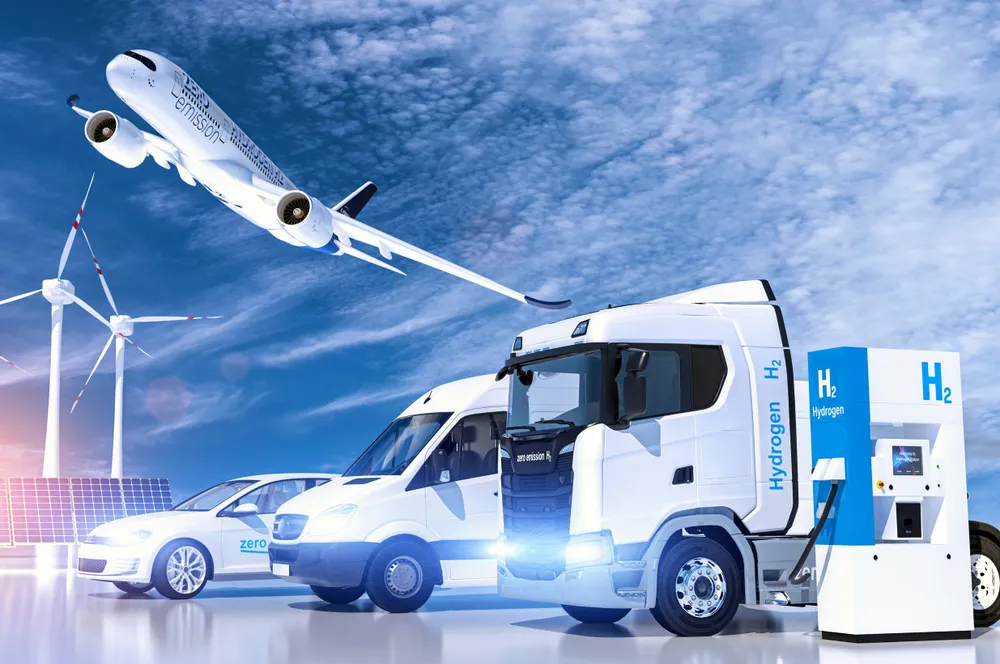Hydrogen industry bullish on long-term use of pure H2 in all forms of transport, including cars and long-haul aviation
Survey of Hydrogen Europe members shows that they largely believe in H2’s future as a fuel, despite its relatively low volumetric density
